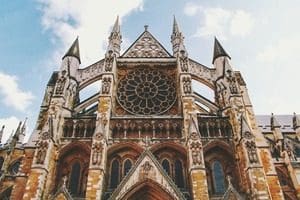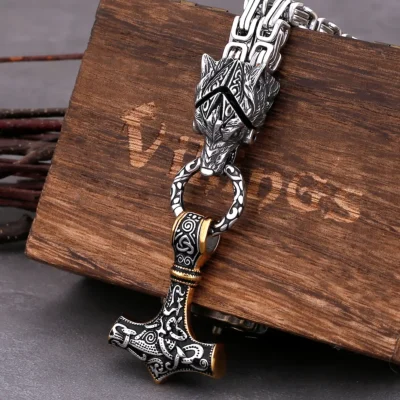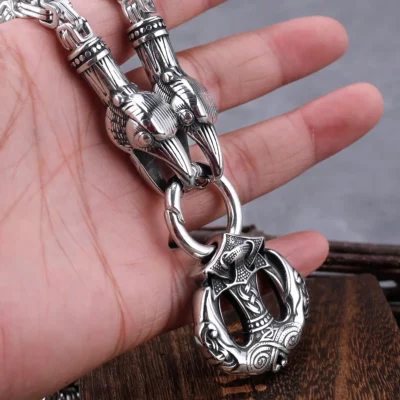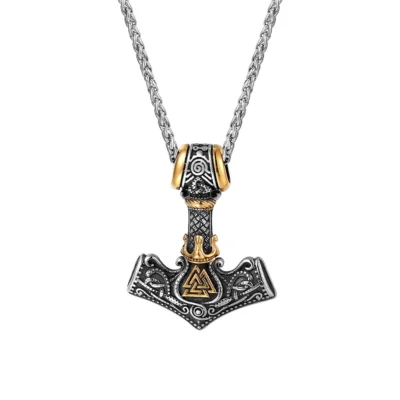The medieval period was a time of profound religious influence, and the Church played a pivotal role in many aspects of life, including justice. The role of the Church in Medieval justice during King Edward I’s reign (1272-1307) was significant, often intertwining with royal authority to shape the administration of justice.
The Church’s Judicial Influence

During Edward I’s reign, the Church wielded considerable judicial power. Ecclesiastical courts dealt with cases involving clergy, moral offenses, and issues like marriage, wills, and usury. These courts operated under canon law, a distinct legal system derived from Roman law and Church decrees, which often ran parallel to the king’s law. Canon law covered a wide array of areas, reflecting the Church’s broad influence over societal norms and personal conduct.
Ecclesiastical courts were responsible for dealing with matters that the Church deemed within its moral jurisdiction. This included not only spiritual concerns but also many social issues, given the Church’s role in everyday life. For example, disputes over marriage and legitimacy were crucial, as they affected inheritance and social standing. The Church also had the authority to enforce penances and could excommunicate individuals, which was a severe punishment that could socially and economically isolate a person.
Church and State: A Symbiotic Relationship
Edward I recognized the importance of the Church in maintaining social order. He often sought the clergy’s support to legitimize his rule and policies. This relationship was symbiotic; the Church received protection and privileges in return for supporting the monarchy. For instance, clerics were often granted immunity from secular courts, and the Church enjoyed tax exemptions.
The king’s reliance on the Church went beyond mere political expediency. The clergy were among the most educated members of society, often serving as royal advisors, scribes, and diplomats. Their literacy and administrative skills were invaluable in governing a largely illiterate population. Edward’s reign saw the codification of laws and the establishment of a more structured judicial system, processes in which clerics played key roles. Additionally, the Church’s network of parishes and monasteries acted as a de facto welfare system, providing charity and support to the poor, which helped maintain social stability.

Trial by Ordeal and Clerical Immunity
One of the most notable aspects of medieval justice was trial by ordeal, where divine intervention was believed to determine guilt or innocence. While Edward I’s reign saw a decline in these practices, the Church’s involvement in justice remained. Clergy accused of crimes were tried in ecclesiastical courts, a process known as “benefit of clergy.” These courts were often more lenient, reflecting the Church’s intent to protect its own.
Trials by ordeal, such as the ordeal of hot iron or water, were based on the belief that God would reveal the truth by protecting the innocent and punishing the guilty through miraculous means. Although this practice diminished during Edward I’s time, it highlighted the intertwined nature of religious belief and judicial practice. The Church’s insistence on handling clerical cases internally through ecclesiastical courts allowed them to maintain control over their members and limit secular interference. This benefit of clergy extended to anyone who could read a passage from the Bible, originally indicating that the accused was a cleric. This loophole sometimes allowed educated laymen to claim ecclesiastical jurisdiction.
The Church’s Moral Authority
The Church’s moral authority extended into the realm of public justice. Bishops and abbots often acted as local judges, enforcing both ecclesiastical and secular laws. Their involvement ensured that religious and moral principles were upheld within the community. This dual role of religious leaders helped maintain social cohesion and moral conduct.
Local clergy were responsible for guiding the moral and ethical behavior of their communities. They preached against vices such as adultery, theft, and blasphemy, and promoted virtues like charity, honesty, and piety. The Church’s ability to excommunicate individuals who violated moral codes was a powerful tool in enforcing social norms. Excommunication was more than a spiritual penalty; it often had severe social and economic consequences, effectively cutting individuals off from the community. Moreover, church leaders frequently collaborated with secular authorities to ensure that their moral directives were supported by the force of law.
Conflict and Cooperation
Despite the cooperative aspects, there were tensions between the Church and Edward I. The king sought to curb clerical privileges and assert his authority over the Church. The Statute of Mortmain (1279) is a prime example, restricting the Church’s acquisition of land to prevent it from becoming too powerful. This legislation reflected Edward’s desire to control the wealth and influence of religious institutions.
The Statute of Mortmain, or “dead hand,” was intended to prevent lands from passing into the possession of the Church, where they would be exempt from certain feudal duties and taxes. This statute aimed to ensure that land remained within the taxable and military service-producing sectors of society. Edward I’s reign also saw conflicts over the appointment of bishops and the jurisdiction of ecclesiastical versus royal courts. While the Church sought to maintain its autonomy and privileges, Edward was determined to assert his royal prerogatives. These tensions occasionally led to conflicts but also to compromises that shaped the evolving relationship between the monarchy and the Church.
Conclusion
The Church’s role in medieval justice during Edward I’s reign was complex and multifaceted. It operated its courts, influenced moral and legal standards, and maintained a delicate balance of power with the monarchy. While Edward I respected and utilized the Church’s influence, he also sought to limit its power, ensuring his authority remained supreme. The intertwining of ecclesiastical and royal justice during this period highlights the intricate relationship between faith and governance in medieval England.
In summary, the Church’s involvement in the judicial system was integral to maintaining both spiritual and social order during Edward I’s reign. The balance of cooperation and conflict between the Church and the monarchy helped shape the development of English law and governance, leaving a lasting legacy on the nation’s history.











